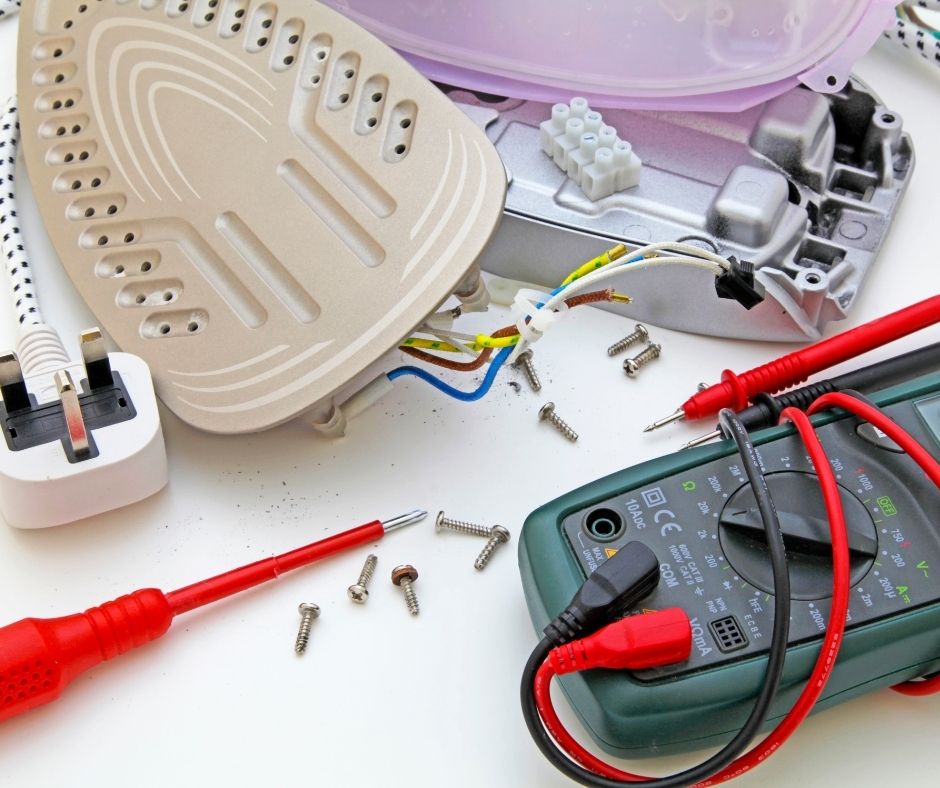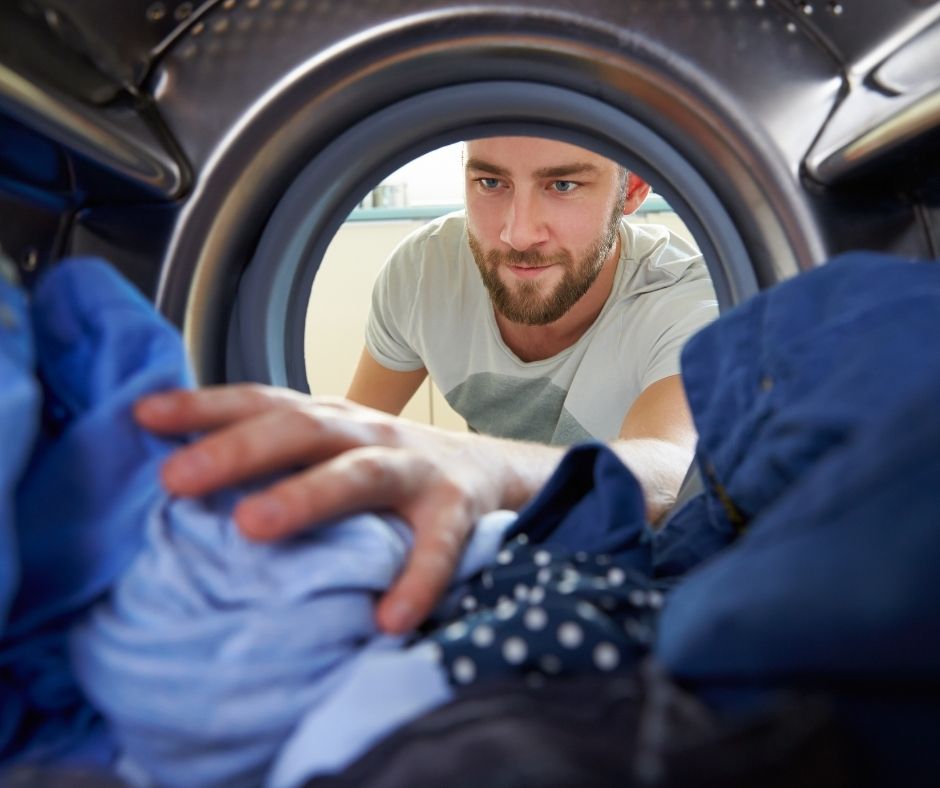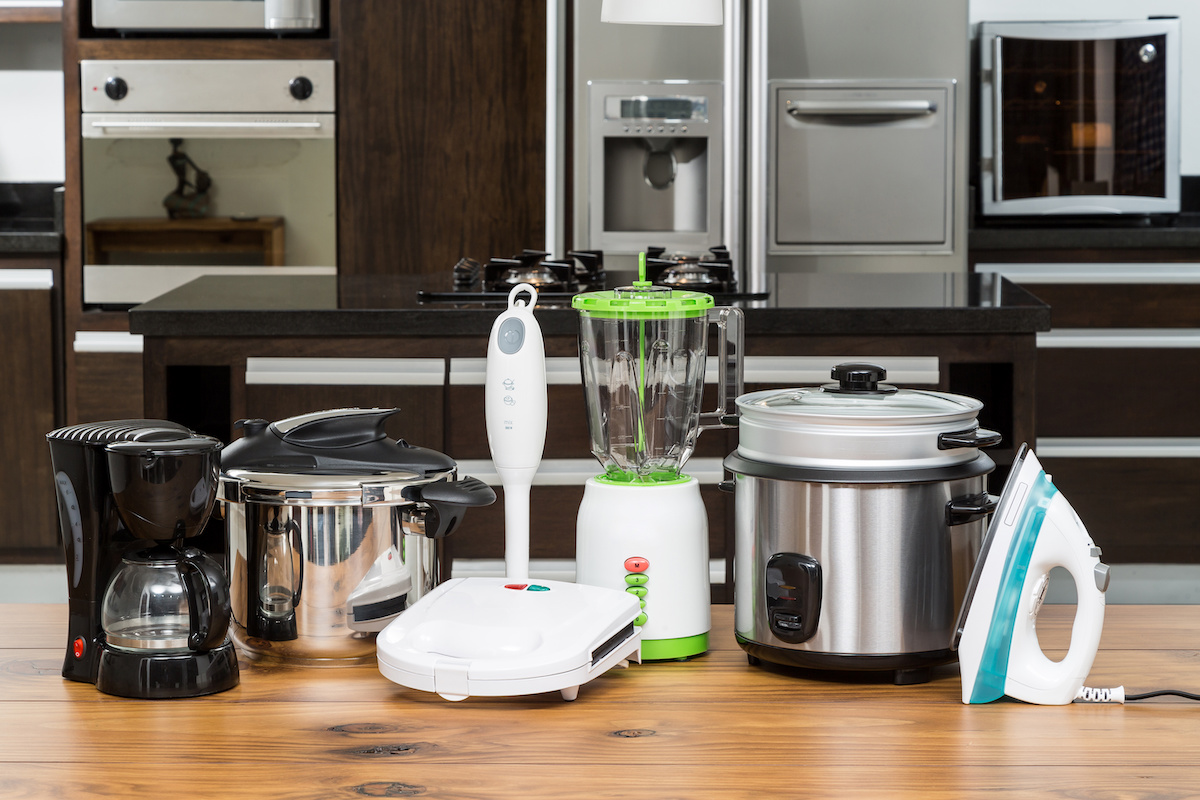
Small Appliance Repair Tips and Tricks
Small appliances play a vital role in our daily lives, making tasks like brewing coffee, warming leftovers, toasting bread, and blending ingredients a breeze. However, it’s frustrating when these handy appliances encounter issues and stop working. The good news is that many common problems can be fixed with a little know-how and some basic tools for small appliance repair.
In this article, we will explore essential tips and tricks for repairing common small appliances, empowering you to extend their lifespan and save money in the process.
Basic Troubleshooting: Identifying the Issues
Before diving into repairs, it’s essential to troubleshoot and identify the problem. Common issues include:
- Faulty switches
- Loose wires
- Clogged components
For most small appliances you can follow the steps below to identify the problem easily:
- Disconnect the appliance from the power source for safety.
- Inspect the appliance for visible damage, loose connections, or broken parts.
- Consult the user manual or online resources for troubleshooting guides specific to your appliance.
- Test the appliance by plugging it into a different power outlet or using an alternate power source.
Once you’ve gone through these steps, you can begin collecting the proper tools and equipment for your small appliance repair.
Tools and Equipment: Must-Haves for Small Appliance Repair
Equipping yourself with the right tools is crucial for successful repairs. Here are some essential tools you should have in your DIY small appliance repair kit:
- Screwdrivers (Phillips and flathead): for removing screws and accessing internal components.
- Multimeter: for testing electrical connections, continuity, and voltage.
- Pliers: for gripping, bending, and cutting wires.
- Wire strippers: for removing insulation from wires without damaging them.
- Needle-nose pliers: for reaching tight spots and manipulating small parts.
Remember to prioritize safety by wearing gloves, safety goggles, and, if necessary, heat-resistant gloves when handling hot components.
Repairing Specific Appliance Types
Different small appliances have their unique set of problems and repair techniques. Let’s explore some common appliances and their corresponding repair tips:
Microwave Repair
Microwaves are a staple in many kitchens, providing quick and convenient heating options. However, they can encounter problems such as:
- Uneven heating
- Unresponsive controls
- Issues with the turntable
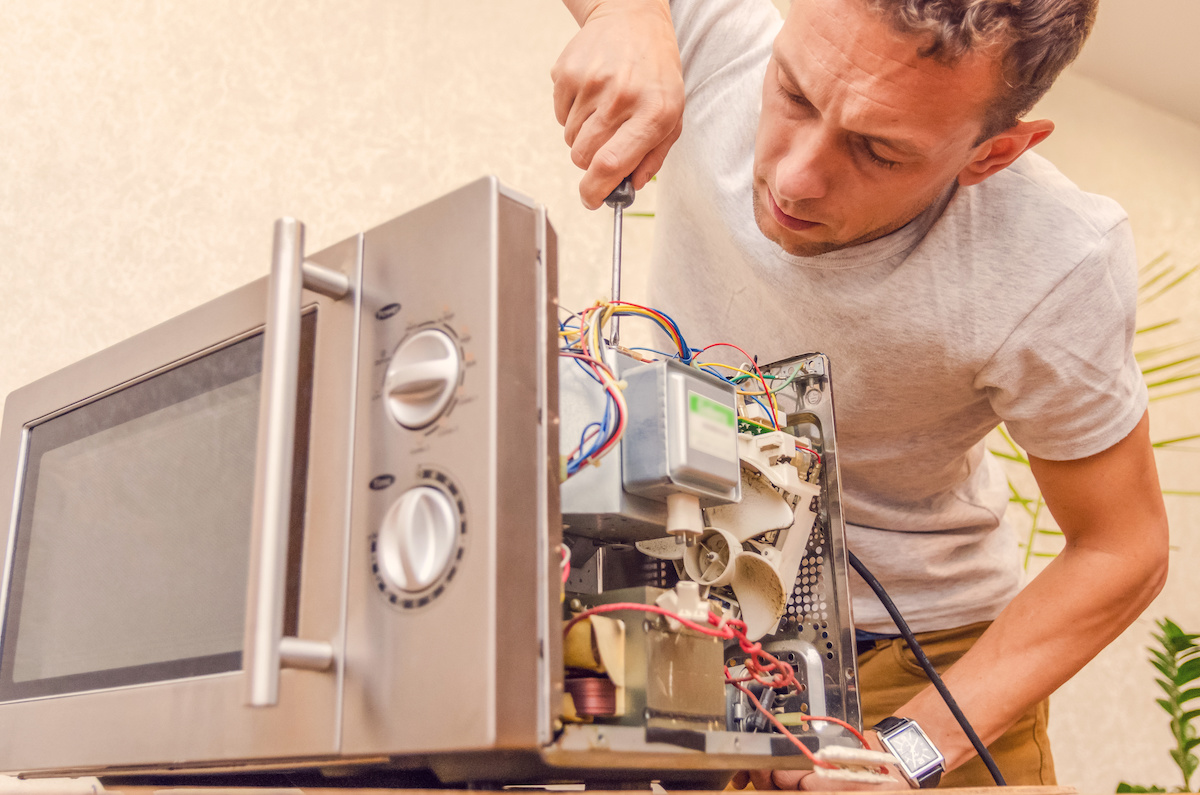
Here are some of our best repair tips for microwaves:
Troubleshooting uneven heating
Clean the interior:
- Food debris or spills can cause uneven heating. Wipe down the interior of the microwave regularly with a damp cloth.
Inspect the turntable:
- Ensure the turntable is aligned correctly and not obstructed. Clean it and the turntable support to ensure smooth rotation.
Check the waveguide cover:
- The waveguide cover protects the microwave’s internal components from food splatters. If it’s damaged or has fallen off, replace it to ensure proper heating distribution.
Repairing unresponsive controls
Power cycle the microwave:
- Unplug the microwave from the power source and leave it unplugged for a few minutes. Then, plug it back in and check if the controls are responsive.
Check the control panel and keypad:
- Inspect the control panel for any visible damage or loose connections. Clean the keypad using a soft, damp cloth to remove dirt or residue.
Fixing issues with the turntable
Inspect the turntable motor:
- If the turntable isn’t rotating, the motor may be faulty. Access the motor and check for any signs of damage or wear. Replace the motor if necessary.
Ensure proper alignment:
- Make sure the turntable is correctly placed on the turntable support and properly aligned with the microwave cavity. Adjust or replace any damaged parts as needed.
Remember, safety is of top concern when working with microwaves:
- Unplug the microwave and avoid touching any electrical components unless you’re experienced with appliance repair.
- Microwaves store electrical energy even when unplugged, so be cautious and avoid direct contact with internal components.
- If you’re unsure or uncomfortable with any repair, it’s best to consult a professional appliance technician to avoid any potential risks.
By following these repair tips, you can address common issues with microwaves and potentially save the cost of a replacement. However, always prioritize safety and seek professional help if needed, especially for complex repairs or electrical concerns.
Coffee Makers Repair
Coffee makers are prone to issues like clogged filters, malfunctioning heating elements, or broken carafes. Try the following fixes:
Cleaning and descaling
Regularly clean the coffee maker, remove mineral deposits, and descale to improve performance.
Replacing faulty switches or heating elements
With caution and the right tools, these components can be replaced to restore functionality.
Toasters and Toaster Ovens Repair
Toasters and toaster ovens often suffer from uneven toasting or a failure to heat. Consider these repair tips:
Troubleshooting heating issues
Inspect the heating elements for damage or disconnection and replace them if necessary.
Replacing faulty switches
A malfunctioning switch can prevent the toaster from turning on or staying on. Replace the switch carefully to restore functionality.
Blenders and Food Processors Repair
Common problems with blenders and food processors include motor failure, blade issues, or leaks. Try the following repairs:
Diagnosing motor issues
Check for burned-out motors or faulty motor couplings. Replacing these components can revive your appliance.
Fixing leaks or jammed mechanisms
Inspect the seals and gaskets for damage and replace them as needed. For jammed blades, disassemble and clean the unit thoroughly.
Irons and Garment Steamers Repair
Irons and garment steamers may face problems with clogged steam vents, damaged cords, or faulty thermostats. Consider these repair techniques:
Unclogging steam vents
Use a pin or needle to remove mineral deposits or other debris clogging the steam vents.
Replacing damaged cords or thermostats
If the cord of your iron or garment steamer is frayed or damaged, it’s crucial to replace it promptly. Additionally, a malfunctioning thermostat can lead to inconsistent heating. Safely replacing these components will restore your appliance’s functionality.
Preventive Maintenance: Extending the Lifespan of Small Appliances
In addition to repairing small appliances when issues arise, practicing preventive maintenance can significantly extend their lifespan. Preventative maintenance ensures everything is running smoothly and helps keep your appliances from needing repairs in the first place.
Consider the following preventative maintenance tips for extending the lifespan of your small appliances:
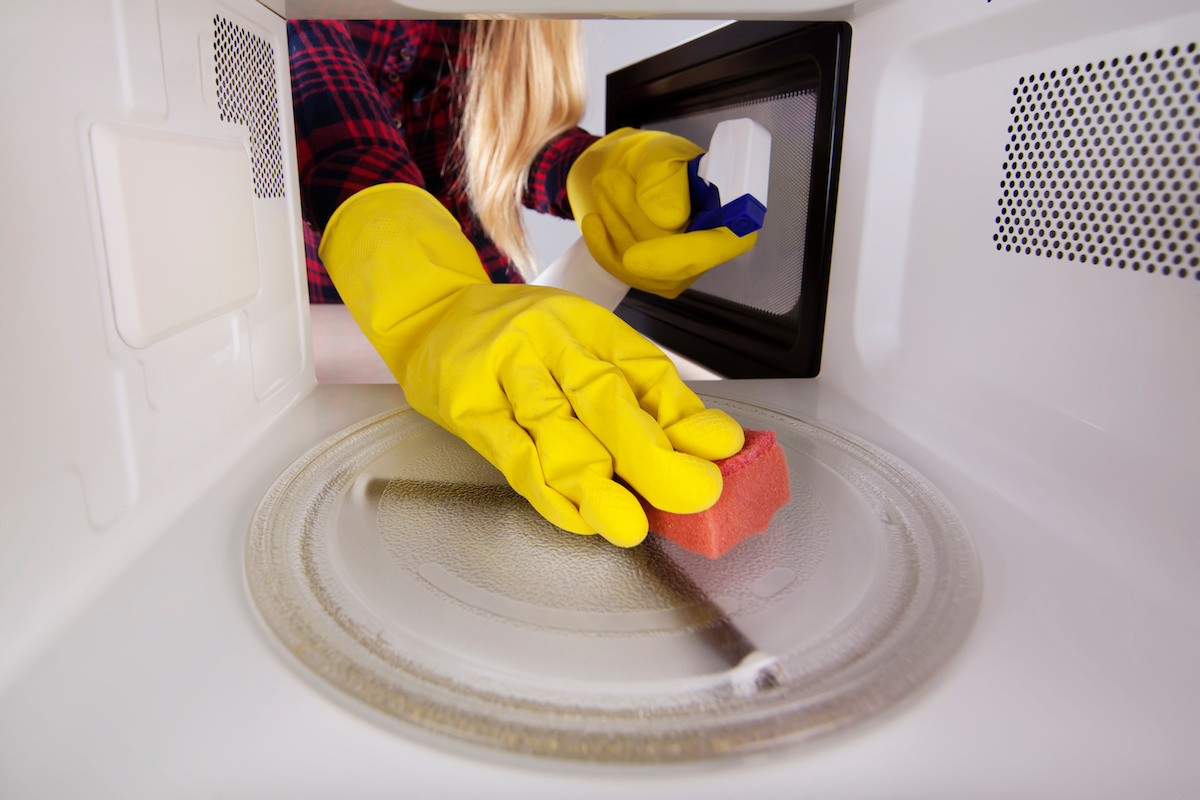
Regular cleaning
Clean appliances after each use to remove food residue, mineral deposits, or debris that can affect performance.
Descaling and decalcifying
Appliances that use water, such as coffee makers and kettles, may develop mineral buildup over time. Regularly descale them to maintain optimal performance.
Proper storage
Store small appliances in a clean, dry location, away from extreme temperatures or excessive moisture.
Handling with care
Avoid rough handling or using excessive force on delicate components to prevent damage.
As an added note, preventative maintenance for larger appliances is also important. Similarly, it ensures they are working well and helps to extend their lifespan.
Seeking Professional Help for Small Appliance Repair
While many repairs can be done at home, there may be instances where professional help is necessary. If you’re searching for an appliance repair service in or around Loganville, GA, the team at Atlanta Appliance Repair can help!
Here are a few situations where you may need professional help:
-
Complex repairs
- If the issue is beyond your skill level or requires specialized tools, it’s best to seek professional assistance.
-
Safety concerns
- If you’re uncomfortable working with electrical components or if there are potential hazards involved, consulting a professional is the safest option.
-
Warranty considerations
- If your appliance is still under warranty, attempting repairs on your own may void the warranty. Contact the manufacturer or authorized service centers for assistance.
You can reach our team at Atlanta Appliance Repair here.
Safety Considerations: Protecting Yourself During Small Appliance Repair
When undertaking small appliance repairs, it’s essential to prioritize safety, especially since electricity is almost always involved.
Keep the following precautions in mind as you go about your small appliance repair:
Always disconnect the appliance
Always unplug the appliance and ensure it is powered off before beginning any repairs.
Electrical safety
If you’re working with electrical components, turn off the circuit breaker or unplug the appliance from the power source. Use insulated tools to minimize the risk of electrical shocks.
Hot surfaces
Allow appliances to cool down before handling them. Use heat-resistant gloves or wait for them to reach a safe temperature.
Sharp objects
Be cautious when handling sharp tools and blades to avoid injury. Always cut away from your body and keep your fingers clear of sharp edges.
DIY Small Appliance Repair
Repairing small appliances is an excellent way to extend their lifespan and save money in the long run.
By following the tips and tricks outlined in this article, you can confidently diagnose and fix common issues in appliances like microwaves, coffee makers, toasters, blenders, irons, and more.
Remember to prioritize safety, know your limits, and seek professional help when necessary. If you are searching for a small or large appliance repair service and are located in or around Loganville, GA, reach out to our team at Atlanta Appliance Repair! We will exceed your expectations and ensure complete satisfaction with your appliance repair services!
However, remember with a little DIY know-how and the right tools, you can repair and keep your small appliances running smoothly for years to come.

